Peace remains elusive in Kashmir as tensions mount on the border between India and Pakistan. After the Indian army claimed to have attacked targets in Pakistan on Wednesday night, killing what they said were numerous "militants," the Pakistani army responded with artillery fire and reported it had downed several Indian fighter jets and dozens of Indian drones.
Face-to-face: India and Pakistan, two of the world's biggest armies
With almost 1.5 million active soldiers, India's military is currently the fourth-largest army in the world after China's People's Liberation Army. In addition, India has 1.1 million soldiers in reserve who could be recruited in an emergency, and as many as 2.5 million people who are organized in paramilitary units. In total, that means up to five million people could fight in a war.
In comparison, around 650,000 are currently serving in Pakistan's army. That makes the country the twelfth-largest army in the world, according to the global defense review Global Firepower. It has around 550,000 soldiers in reserve and an equally large number of paramilitaries, making a total of around 1.7 million armed fighters.
Neither country provides exact figures on how many of these military and paramilitary personnel are stationed in Kashmir. It is estimated that up to 750,000 are stationed on the Indian side. They not only guard the "Line of Control," as the disputed border between India and Pakistan is known, but they also crack down on separatist groups inside the predominantly Muslim province of Jammu and Kashmir.
Pakistan's army: the state within the state
On the Pakistani side, there are said to be around 150,000 soldiers in the area, as well as various militant groups. India describes these as terrorist groups and accuses Pakistan of supporting them. Pakistan, however, denies this claim.
Unlike in India, the army has always played a special role in politics and society in Pakistan. Since the state was founded in 1947, there have been several military coups to this day, the army leadership wields indirect influence on the country's foreign and security policy as well as over changes of government and political decisions. Pakistan's military is heavily involved in the country's economy and has stakes in numerous companies.
Military heavyweight India
India is an absolute heavyweight when it comes to military spending — according to the latest report from the Stockholm International Peace Research Institute(SIPRI), New Delhi spent around $86 billion on defense last year, more than ever before in the country's history. In recent years, India's military budget has grown continuously and is currently roughly eight times larger than Pakistan's at $10.2 billion.
In 2024, India was the second-largest arms importer in the world according to SIPRI, right after Ukraine. Most of its army equipment comes from Russia. In March, New Delhi and Moscow signed a multi-million-dollar contract to provide India with more powerful engines for its T72 battle tanks — which are also from Russia. In addition, Indian and Russian defense companies have been working together for years in the research, development and production of weapons systems.
Nevertheless, the proportion of Russian arms imports has continued to decline in recent years. India is relying more than ever on its own arms industry, but is also buying from Western countries. France, for example, is set to deliver a further 26 Rafale fighter jets to India by 2030, after having already sold 36 jets of this type to New Delhi in 2016. But now, the United States and Israel are also among the country's larger arms suppliers.
Pakistan: Highly dependent on China
SIPRI ranks Pakistan as fifth-highest on the global list of arms importers. In recent years, Islamabad has invested in its air force and navy in particular. Most of its supplies come from China. In the past four years, Pakistan has purchased 81% of its military equipment from the People's Republic.
China's relations with India are tense, not least due to various border conflicts — including in Kashmir — but Beijing maintains close economic relations with Pakistan. Chinese goods gain access to the Indian Ocean via the China-Pakistan Economic Corridor (CPEC). The Pakistani deep-sea port of Gwadar, which is also used by the Chinese navy, is located at the end of the corridor.
Well-balanced nuclear arsenals
In terms of numbers and technology, India's conventional armed forces are clearly superior to those of Pakistan. But what makes the conflict over Kashmir and any potential escalation dangerous is that both India and Pakistan are nuclear powers and, according to SIPRI estimates, each have around 170 nuclear warheads.
Both countries are committed to maintaining nuclear weapons to ensure a credible deterrent. While India made a unilateral commitment in 1999 to refrain from a nuclear first strike, Pakistan has made no such declaration in view of its conventional underdog status vis-à-vis India. Should Pakistan be forced into the defensive during a war, it at least keeps open the option of being the first to launch a nuclear strike.
Since their partitioning in 1947, India and Pakistan have fought three wars against each other, most recently in 1999, when, as young nuclear powers, the two countries clashed in the so-called Kargil conflict. At the time, they were able to prevent a further escalation after a few months. But ever since, both countries have continuously been expanding their nuclear arsenals.



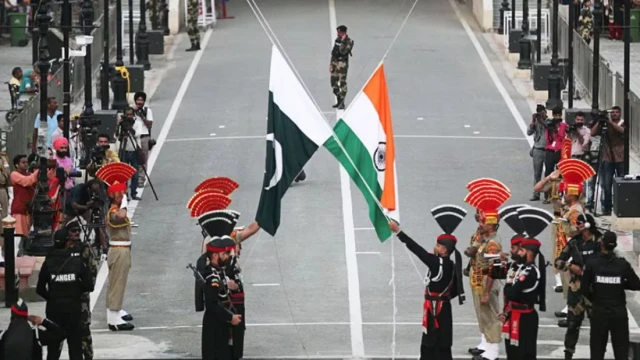
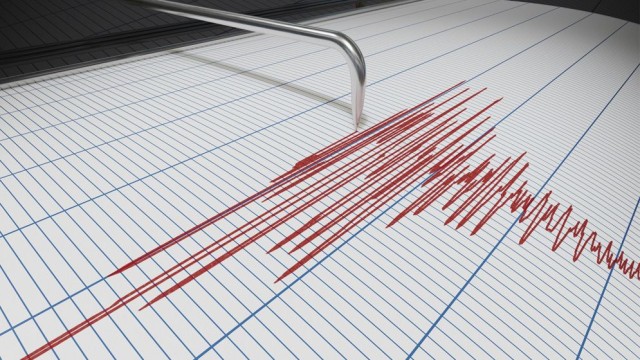

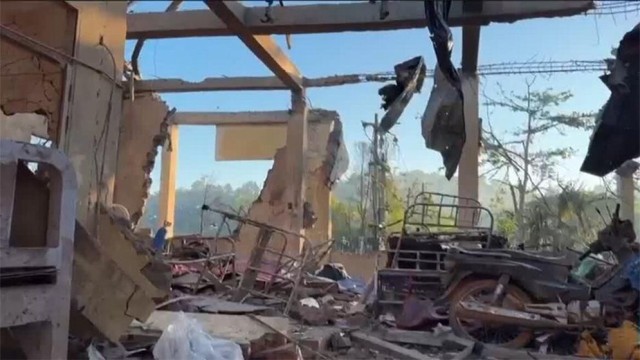
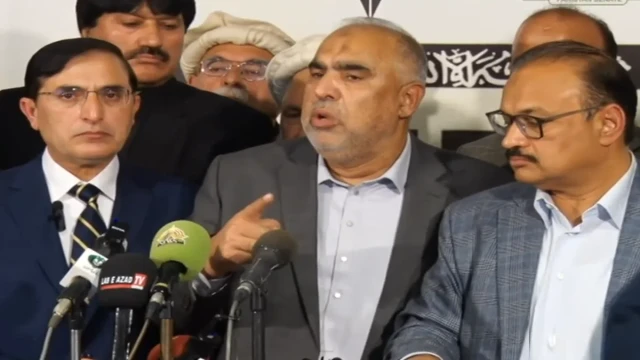
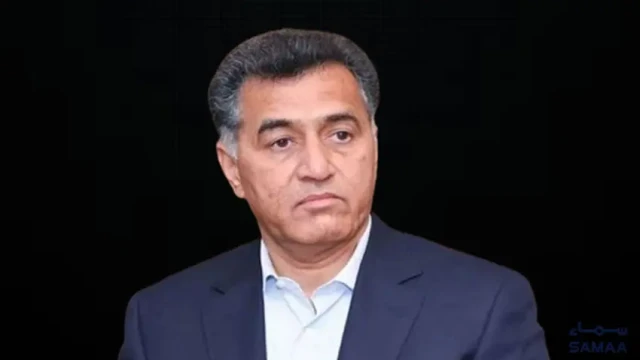
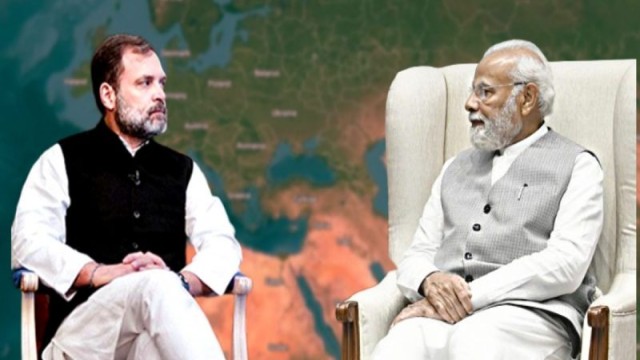

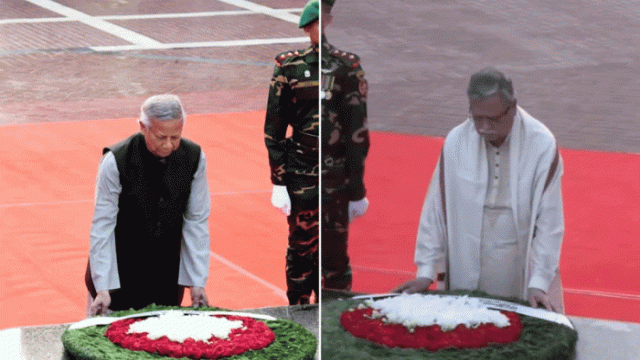

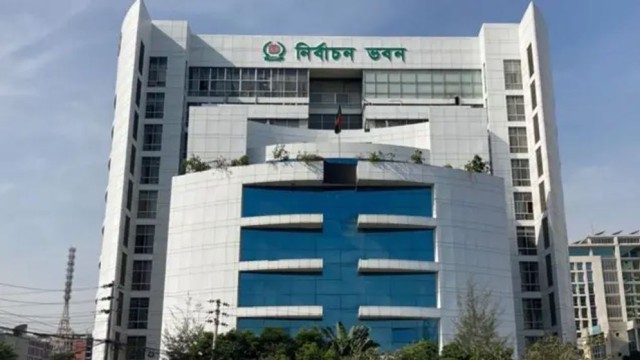
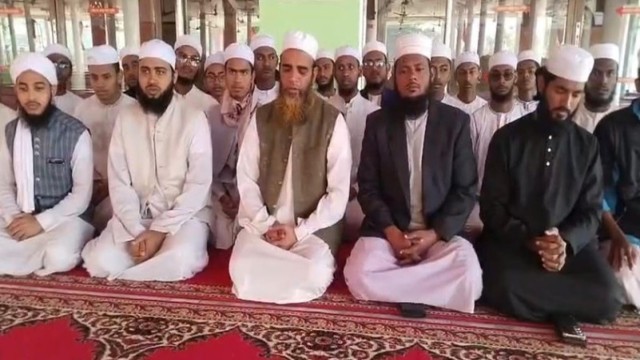

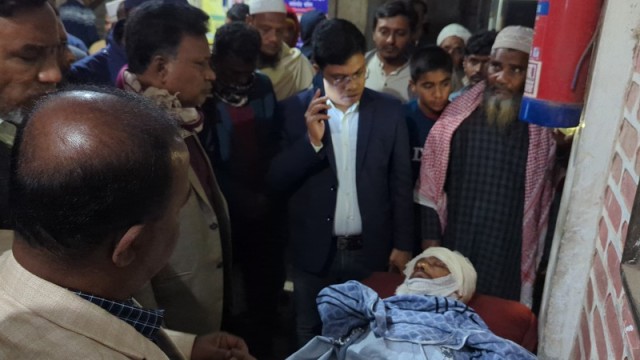
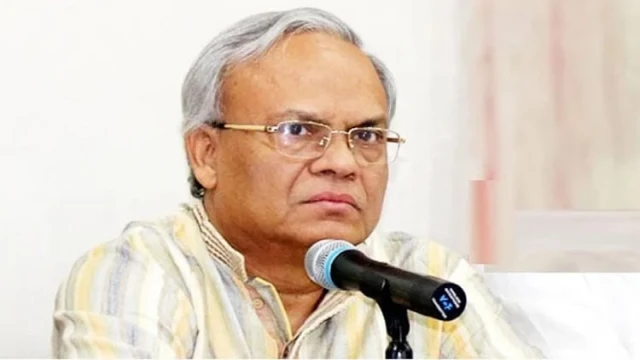
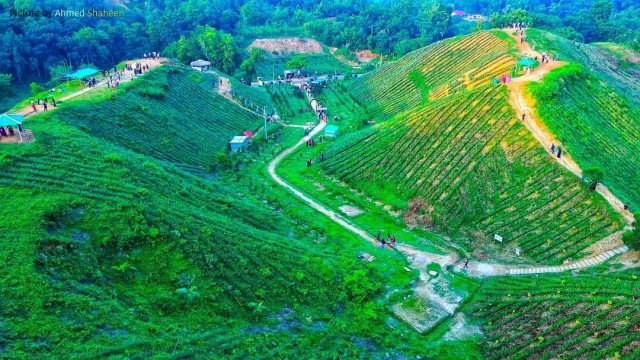
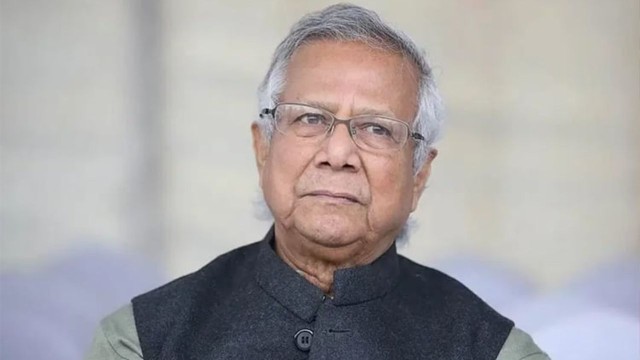


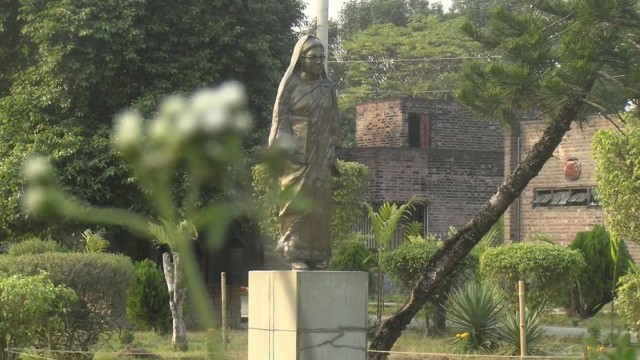
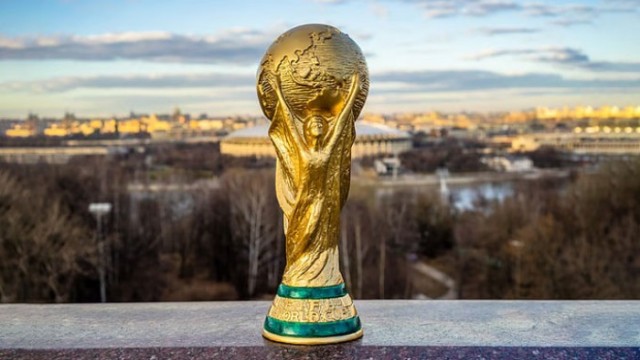
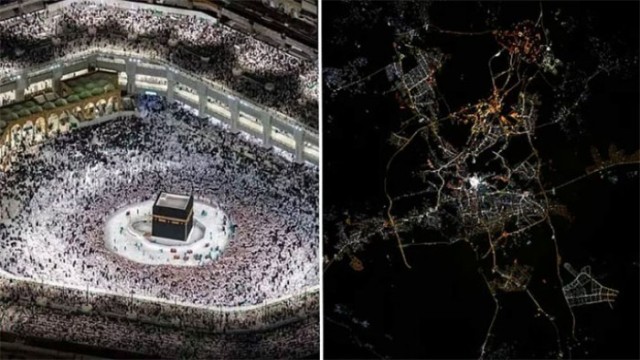

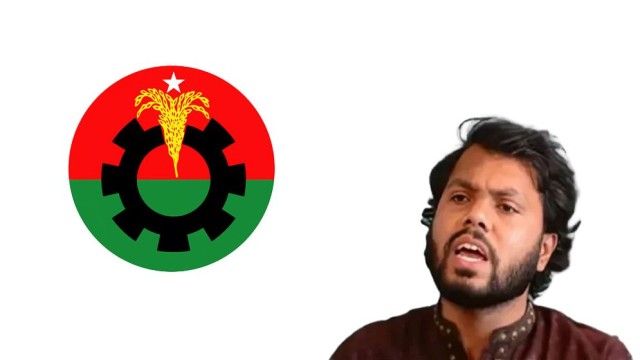


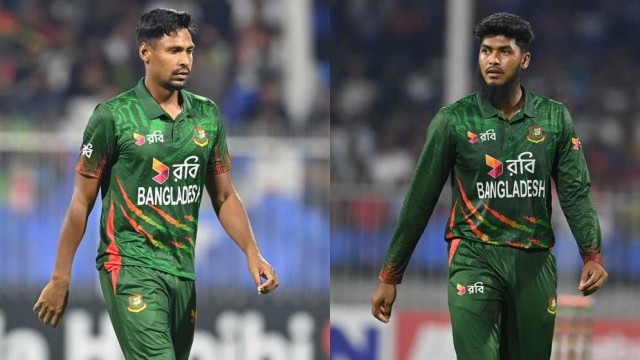
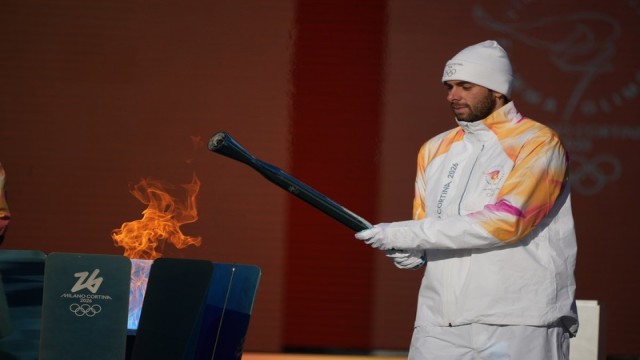
Comment: